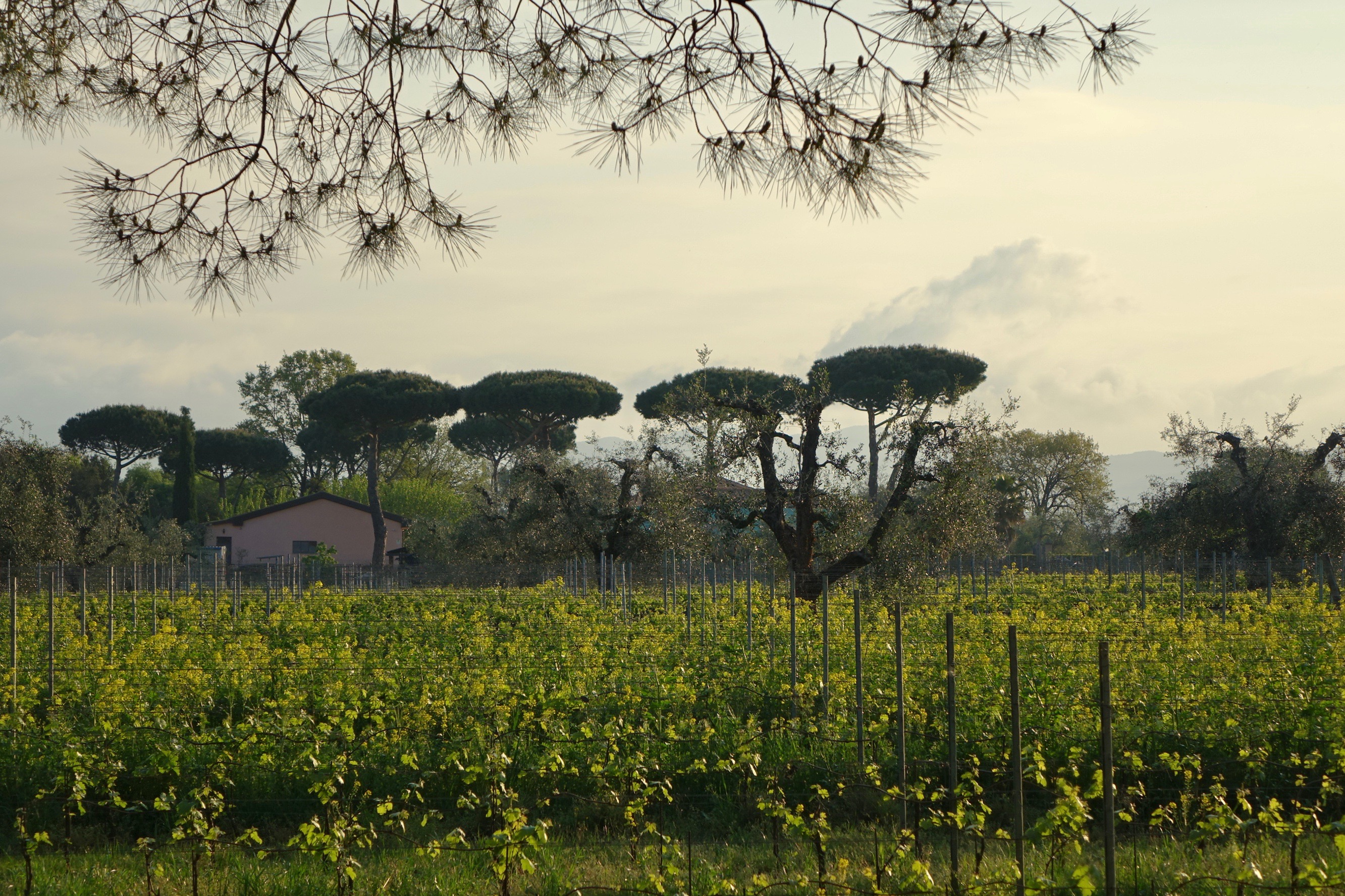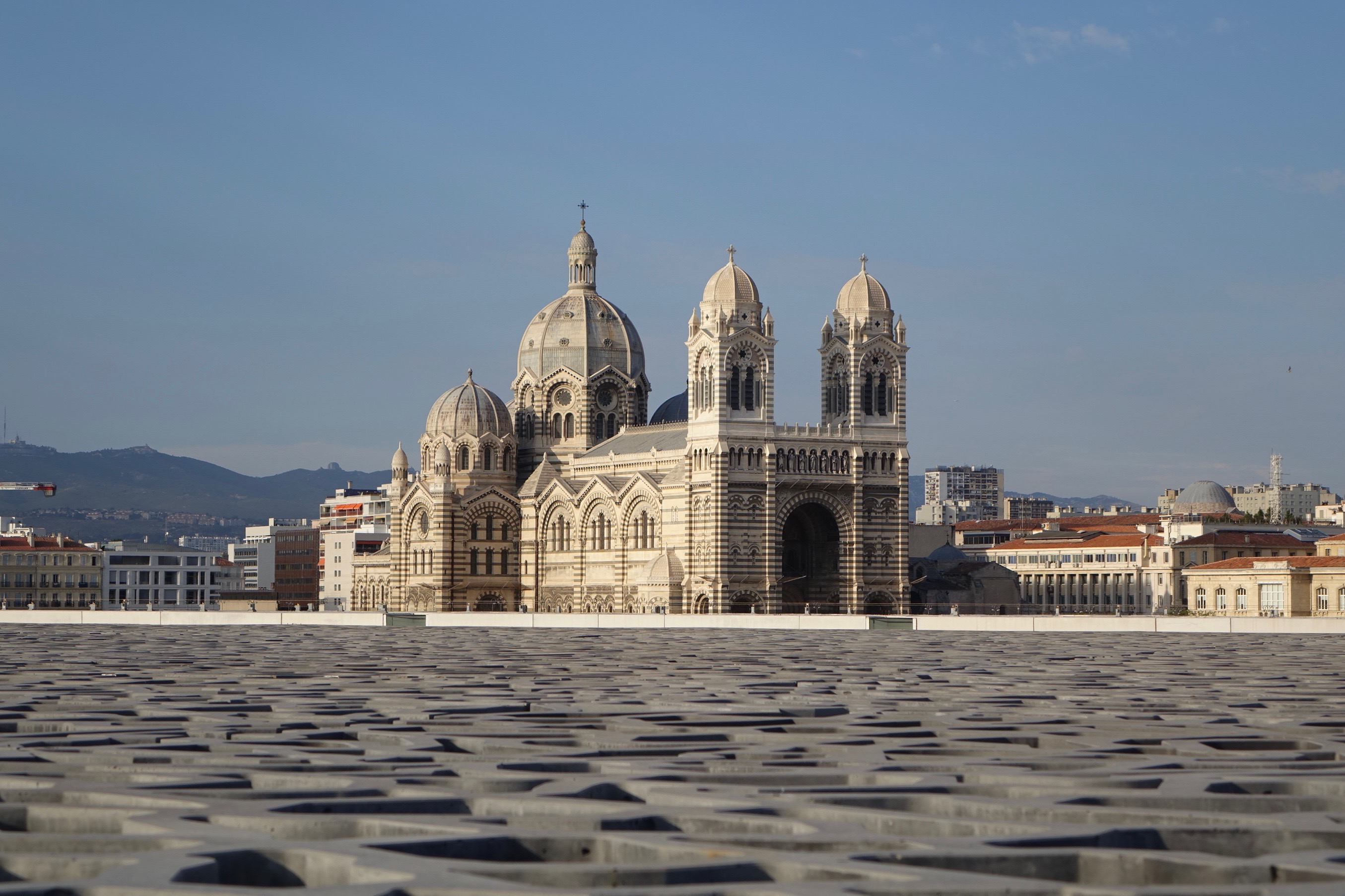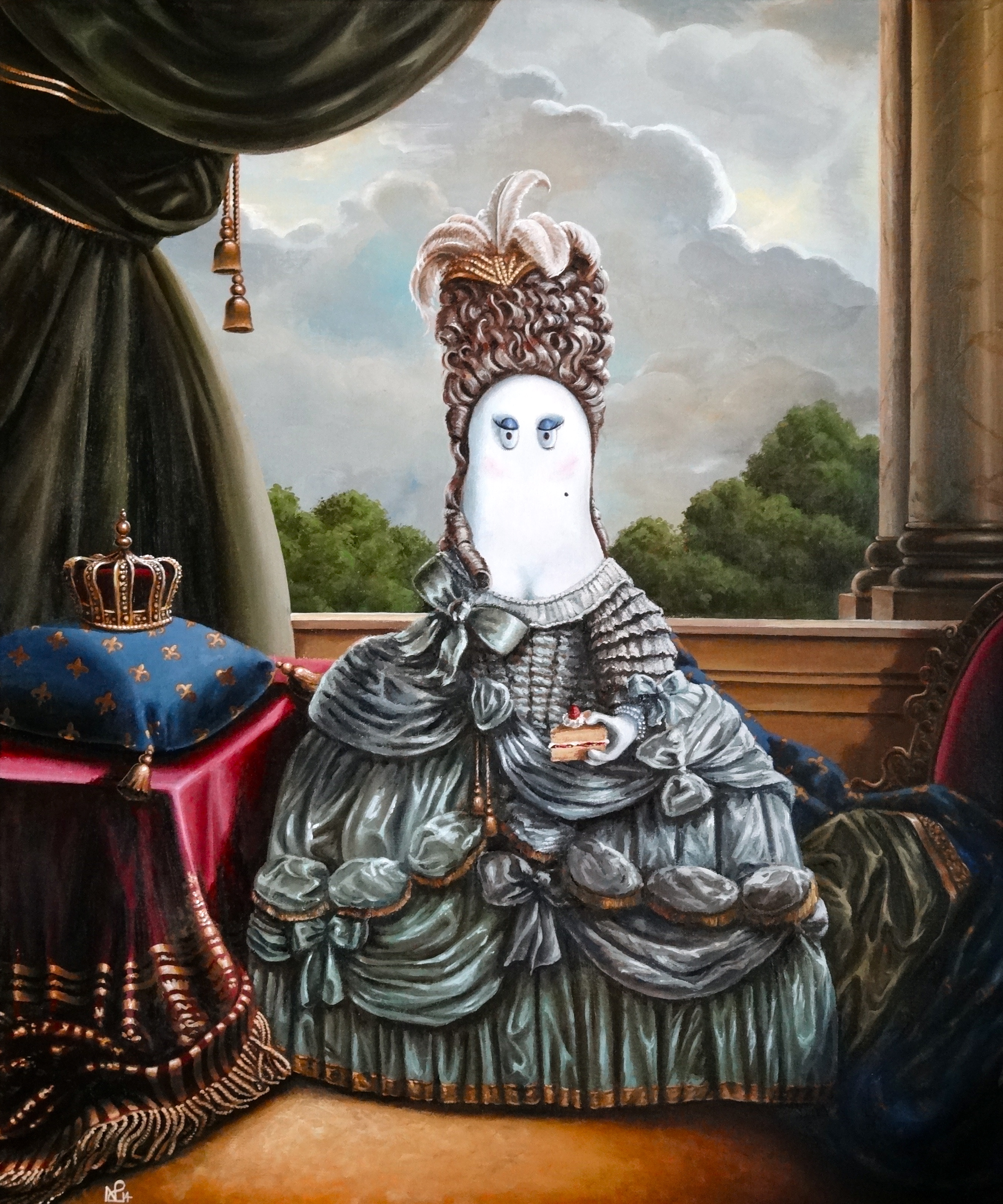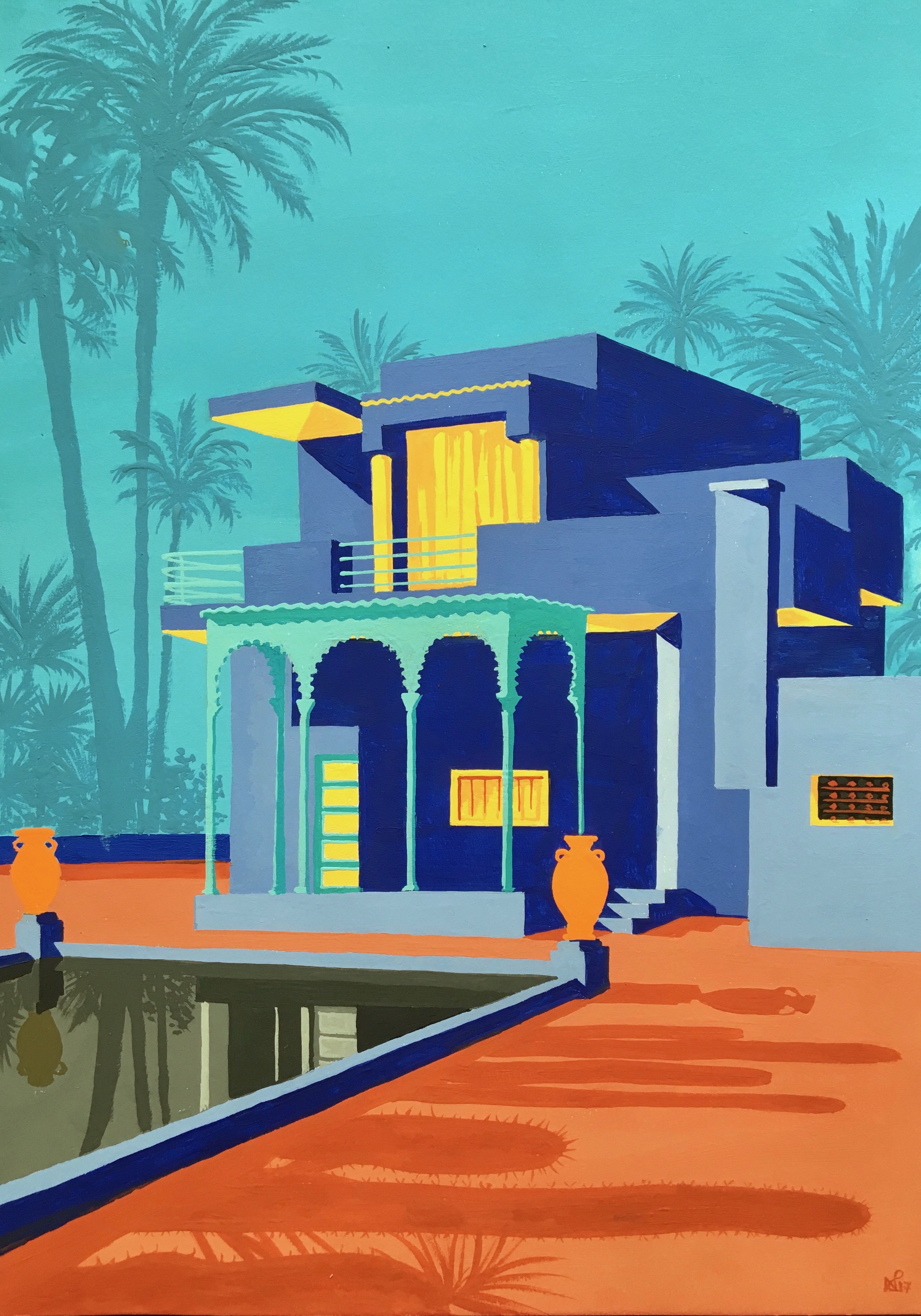2017: My Year in Photos
There is no doubt that my favourite post of every year is this one: the moment when, in looking back over a year of photos, I am able to consolidate the last 365 days and review an overarching visual picture of the year. There’s nothing quite so fulfilling as the recognition of a year well spent, and looking back over this year’s photos, I am able to confidently conclude that 2017 has been an extraordinary year.
It was extraordinary for many reasons, not least for the variety not only of our holidays, but of our lifestyle changes too. At the beginning of the year, we were living in Mallorca and I was working in Marketing. By the end, I am once again a hardened (but wiser) Londoner, but with an altogether more exciting role in commercial law. It was consequently a year of big changes, and not least in our home, where a total redecoration accompanied our return to the big smoke, and Farrow & Ball calke green became the indubitable shade of the season.







But if I was to remember 2017 for one thing, it would be for the breadth and diversity of our travels. 2017 saw us setting foot on African soil for the first time, and the cultural shift which resulted just a few hundred miles south of Spain is an experience which will stay with me forever. But similarly variable were the sun-baked lands of Sicily whose Eastern shores we explored in June. Whether it be the explosive volcanic soils surrounding Etna or the proliferation of baroque architecture peppering the ancient towns, Sicily was a true hot bed of unique creative and natural passions. Then there were the lush vineyards of Tuscany, the ochre glow of Aix, aperol spritz in Siena, the great stags of Windsor…








So scan your eyes over the photos above and below and bask in a glorious plethora of multicoloured captures – clear evidence of a year which punched above its weight in scintillating sites and alluring appeal. It was a year of great holidays, but also of staycations too – a warm and balmy English summer provided us with the perfect excuse to explore the leafy gardens of South West London and enjoy the very visible changes of the English seasons, from floral Spring in Battersea Park to an auburn Autumn on Clapham Common.
Now the seasonal chapter is shifting once again. Christmas is over and the days of wintery cold have just begun. But just as I reflect with relish upon this last year in its final fading hours, I look forward with anticipation to the year soon to come. New sights, news sensations, and another cycle of seasonal variations has started all over again.
- Autumn mushroom
- Peacock majesty
- Noto baroque
- Autumn leaf-bed
- Marseille
- Kew Hote House
- Marseille urbanscape
- A walk on the Downs
- Eton
- Taormina’s charm
- Le Marché d’Aix
- The mosque of Marrakech
- Sun effect
- Autumn
- Etna rock in Ragusa
- The colours of Spring
- Marbella as the sun sets
- Messy eater
- The old port of Marseille
- Larger than life in Marrakech
- Sicilian splendour
- Sunset in Mallorca
- Balcony in shades of red
- The gentle shore of Castagneto
- The Ancient Theatre
- Do not disturb
- The Atlas Mountains
- Sleepy afternoon in Bolgheri
- Modica, Sicily
- Italian Grasses
- Tongue out, Windsor Great Park
- Tuscan landscape
- Sussex salutation
- Rolling hills of Tuscany
- Winter sunrise
- Aix-en-Provence
- Ortygia
- Cassis centre
- Marseille silhouette
- Hallway at Christmas
- Cactus detail
- Chelsea Embankment
- St Petersburg Palace Tree
- Patched up Aix
- Catania fish market
- Modica skyline
- Rooftops of Tuscany
- Ravishing autumn
- Palma burning
- Andalucian moment
- Spring arrives
- Battersea spirituality
- Birthday baroque
- Colours of Castagneto
- Hampstead Heath
- Moroccan Grasses
- The coast at Taormina
- Modern lamp, Marseille
- Ragusa Ibla
- Patchwork stage, Sicily
- Richmond
- Sicilian Baroque
- Marbella abstract
- Battersea
- Chelsea White
- Mediterranean stock
- Woodpecker in London
- George III
- Siena Duomo
- Marseille on guard
- Windsor
- Tuscany at its best
- Marseille’s big wheel
- Japan in Kew
- Magnificent Malaga
- Downtown in Marseille
- Noto skyline
- Ham House
- Opulent Catania
- Bathing of the swans
- Wimbledon Common
- Tuscan Vineyard
- Taormina clustered
- Cassis sur la plage
- Marrakech magic
- Battersea Park
- Christmas at home
- Clapham in the Autumn
- Hampton History
- Marrakech spices
- Pure Tuscan Red
- Bedroom delight
- Moroccan gardens
- Sunset in Marseille
- The land of Italy
- Aperol in Siena
- New decor, London
- The Souk of Marrakech
- The Guard at Windsor
- Marrakech Pink
- The Majorelle gardens
- Henry Moore at Battersea
© Nicholas de Lacy-Brown and The Daily Norm, 2001-2017. Unauthorised use and/or duplication of the material, whether written work, photography or artwork, included within The Daily Norm without express and written permission from The Daily Norm’s author and/or owner is strictly prohibited.







































































































































































































































































































































































































